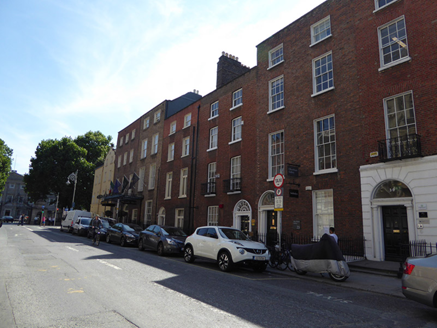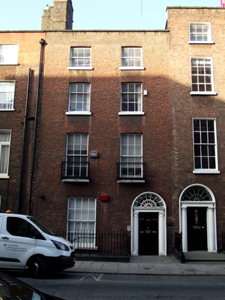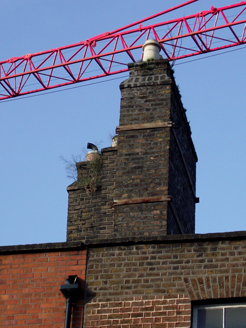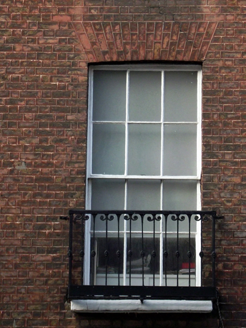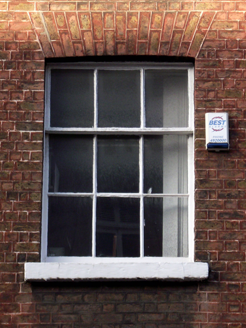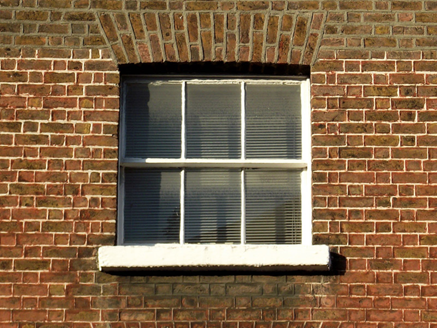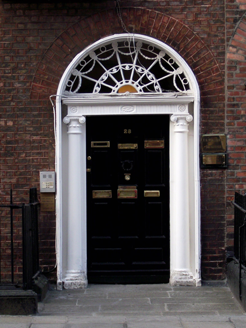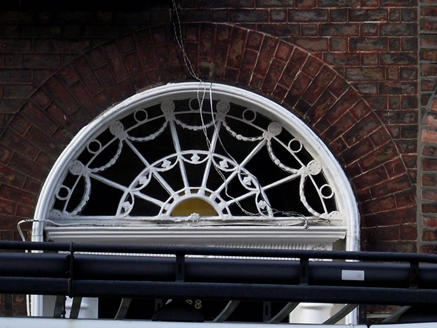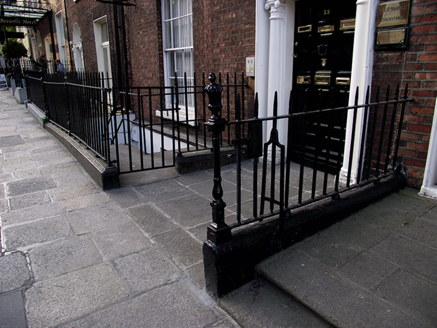Survey Data
Reg No
50100163
Rating
Regional
Categories of Special Interest
Architectural, Artistic
Original Use
House
In Use As
Office
Date
1740 - 1760
Coordinates
316210, 233678
Date Recorded
30/05/2016
Date Updated
--/--/--
Description
Attached two-bay four-storey former house over basement, built c. 1750, east end of rear projecting, with slighter and lower four-storey addition to re-entrant corner, and having early nineteenth-century alterations and additions. Now in commercial office use. Slate roof, hipped to west end of front part behind brick parapet with masonry coping, two unequal hipped roofs perpendicular to rear, and brick chimneystack to east. Brown brick walling laid to Flemish bond, with wigged pointing (except for parapet) over painted rendered basement walling with masonry plinth over; rear is rendered. Camber-headed window openings, diminishing in height to upper floors, with rendered reveals, painted masonry sills and brick voussoirs. Timber sliding sash windows, eight-over-eight pane to ground floor, six-over-six pane to first floor, three-over-six pane to second floor, three-over-three pane to top floor, and ten-over-ten pane to basement with iron grille; timber sash to rear, four-over-four pane to top floor and eight-over-eight pane to middle floors. Nineteenth-century ornate cast-iron balconettes to first floor. Round-headed doorcase with painted rendered reveals, pro-style Ionic columns, entablature with fluted frieze and rosettes, ornate festooned fanlight and eleven-panel timber door with recent brass furniture. Sloping granite entrance platform. Basement area enclosed by wrought-iron railings with decorative cast-iron corner posts on painted granite plinth, accessed from street by concrete steps, with concrete platform over porch addition.
Appraisal
No. 28 Molesworth Street is a Georgian house of mid-eighteenth-century origin that was likely altered around the early nineteenth century. Many features are retained, including the well-balanced proportions and graded fenestration typical of the period, further enriched by a later Adamesque doorcase and the ornate fanlight. Although relatively modest in scale, the house forms a significant part of the rich and varied character of Molesworth Street. This street was laid out in the 1720s by Viscount Molesworth and features a large concentration of early eighteenth-century buildings.
